Excellent news: you’ve bought an off-roader. A new world awaits: a world without asphalt, road rage, roadside rubbish, middle-lane hogs or tailgaters. Or public toilets or recovery services, but let’s not dwell.
Using a 4x4 as it was intended for the first time can be somewhat daunting, though. This, then, is a rough, step-by-step guide to off-roading. It’s by no means a comprehensive instruction for every situation you could possibly find yourself in, but it contains lots of good advice – and, crucially, we hope, no bad advice.
Step 1: Know your vehicle
You might be using a full-on 4x4, but even many modest crossovers have a surprising degree of ability. Four-wheel drive is crucial in poor conditions, but all-terrain tyres are even more essential. Tyre quality is typically what stands between a vehicle making it somewhere and back and not doing so.
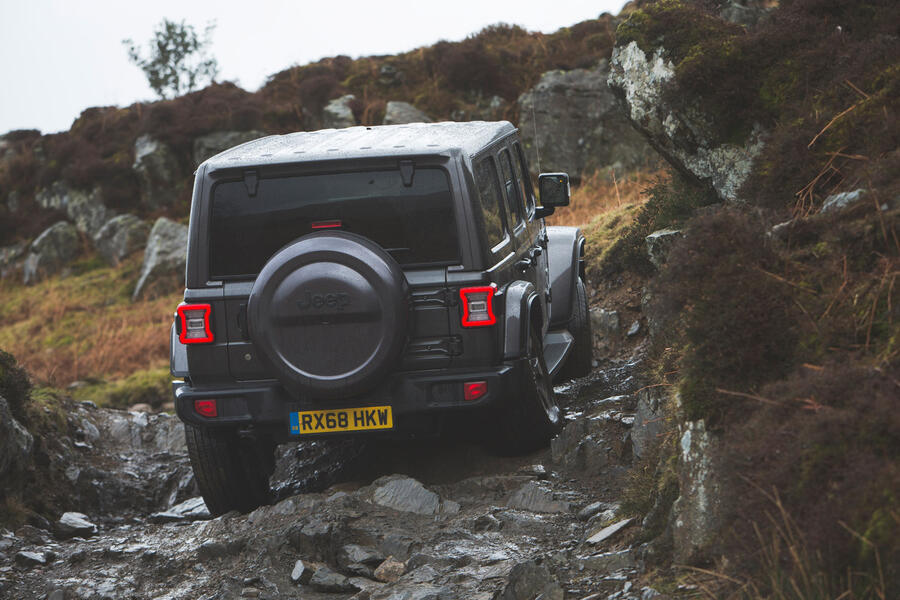
The handbook will list off-roading angles: approach, breakover (ramp), departure and perhaps the angle at which it will tip over sideways. But unless you carry a protractor, these aren’t essential to memorise.
Better to know what’s vulnerable on the underside of the vehicle: if there are skidplates or if the sump, exhaust and more are exposed. Also from where, if you’re among company (we’d recommend you are), the vehicle can tow. 4x4s have hooks designed for this. Know how to get to the spare wheel, too. It’s worth noting the wet wade depth and where the engine air intake is – although if you’re challenging these on your first time out, you’ve been quite ambitious.
Finally, get to know what, if any, off-road-specific technology the car comes with; most modern 4x4s have hill descent control and perhaps stability control that can be tuned for different underwheel terrains.

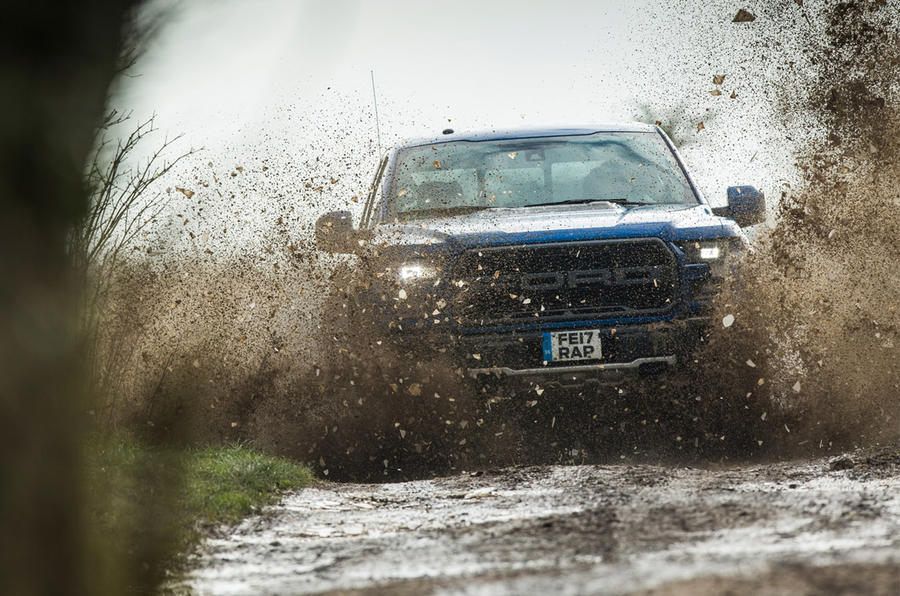
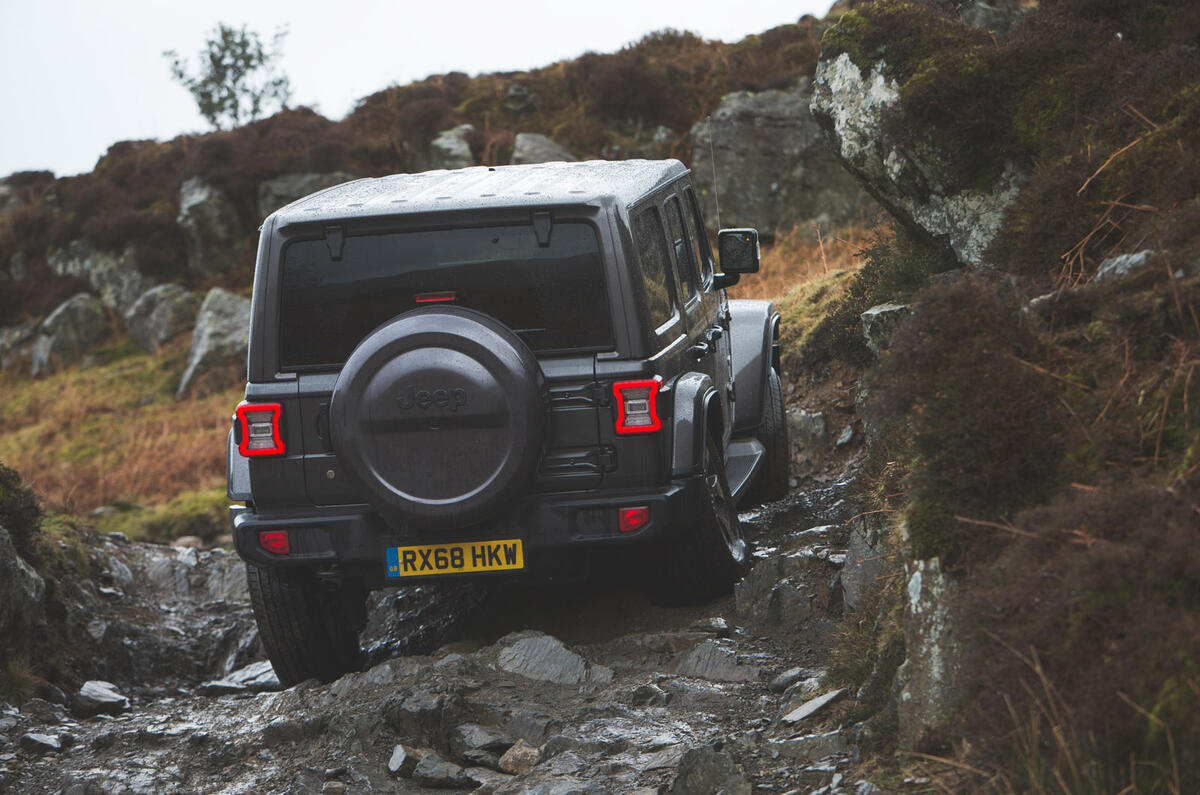

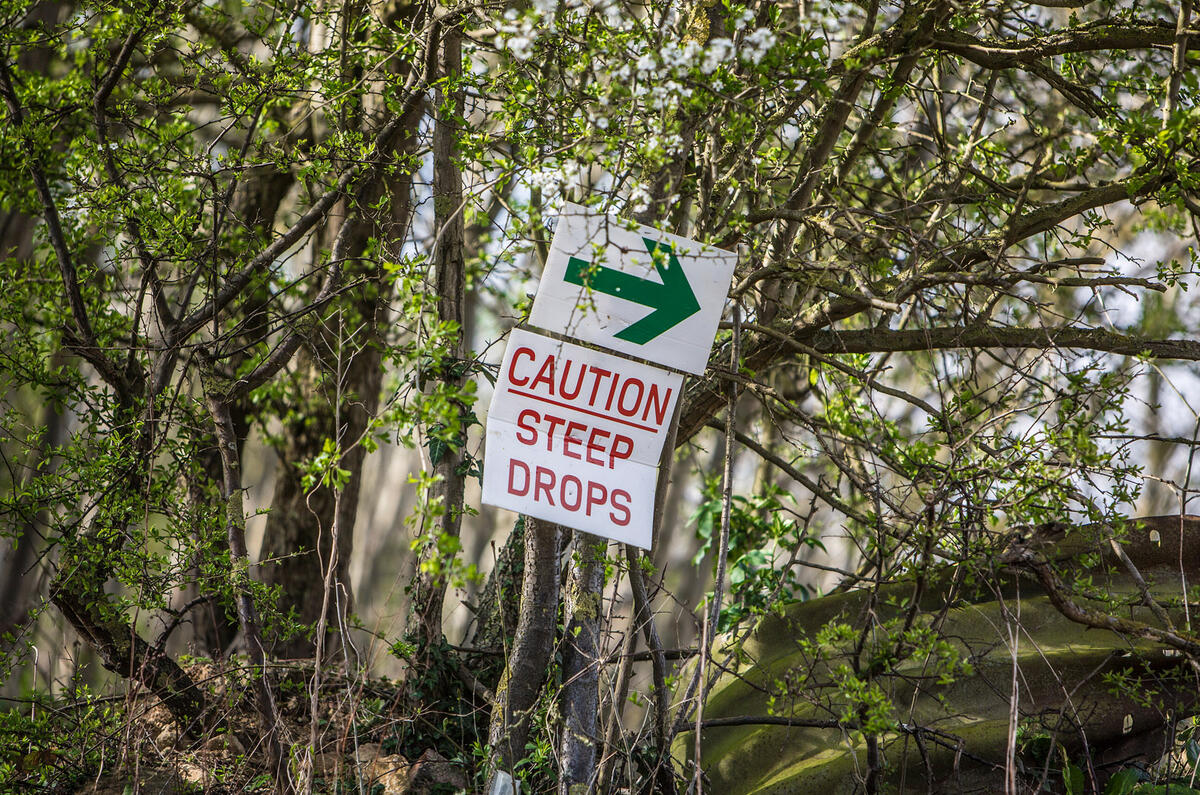

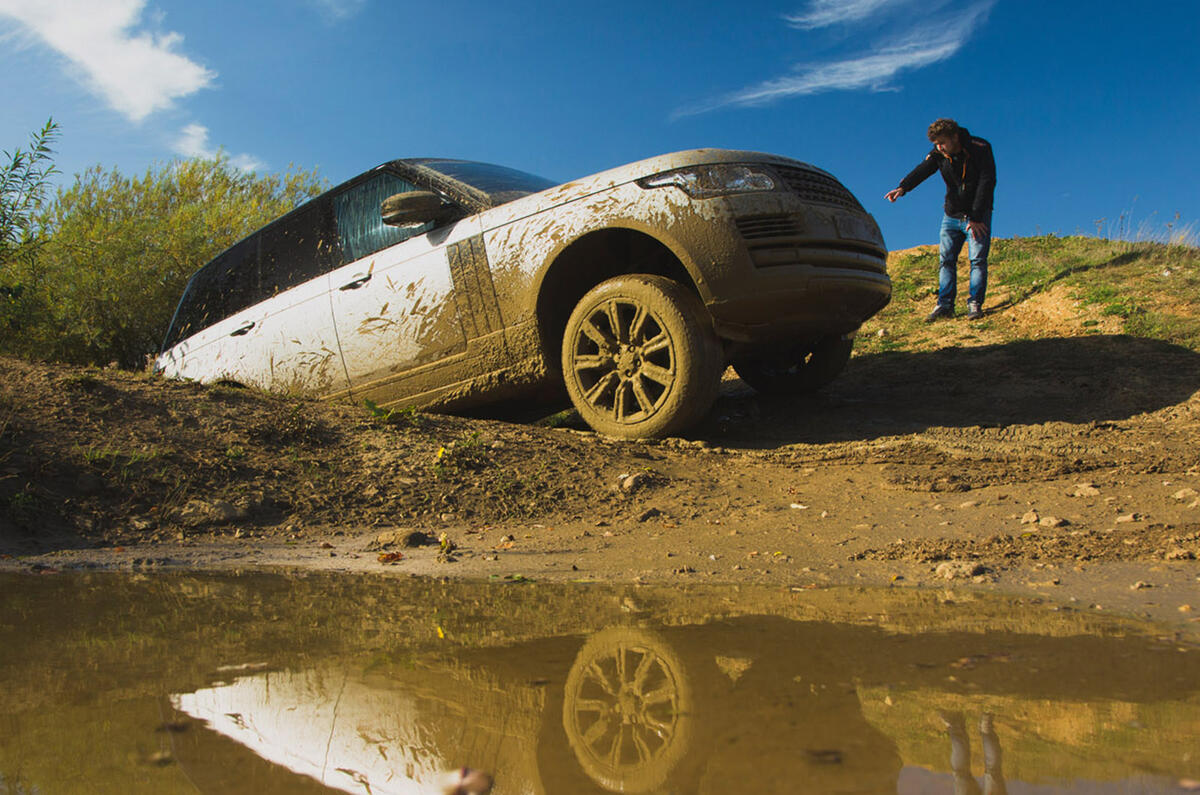
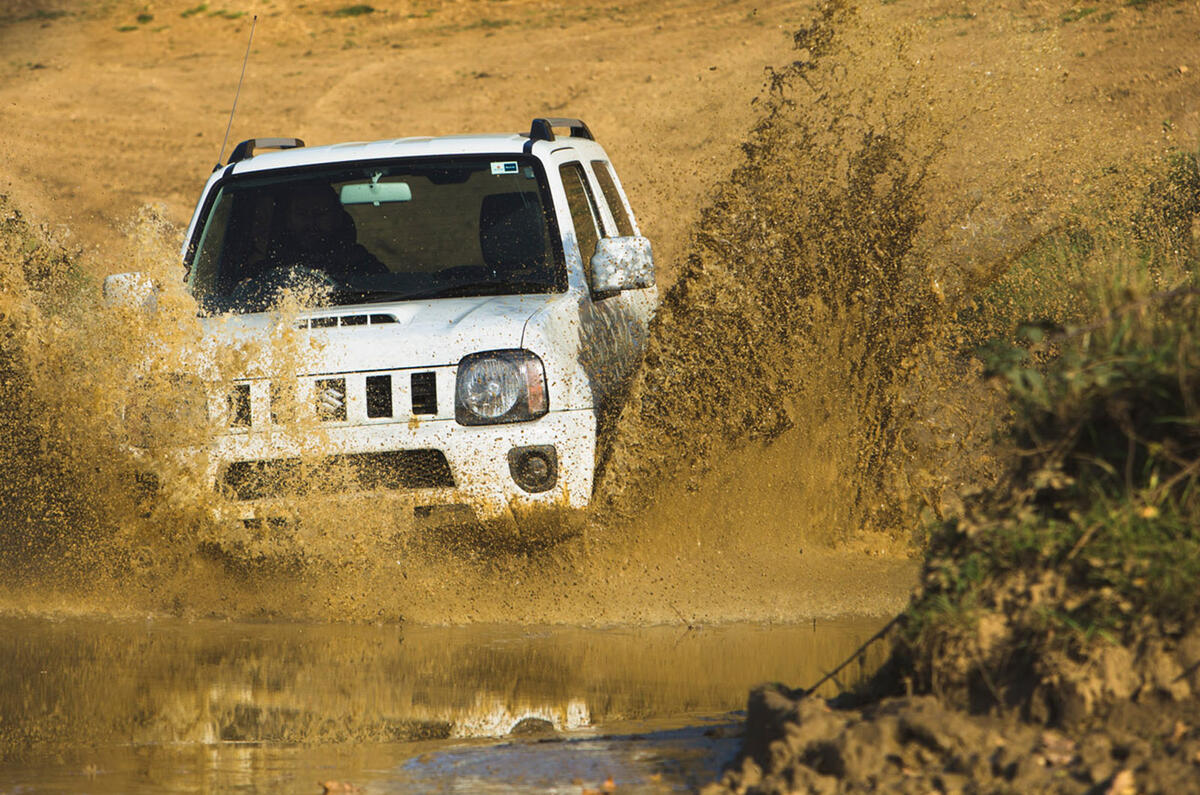

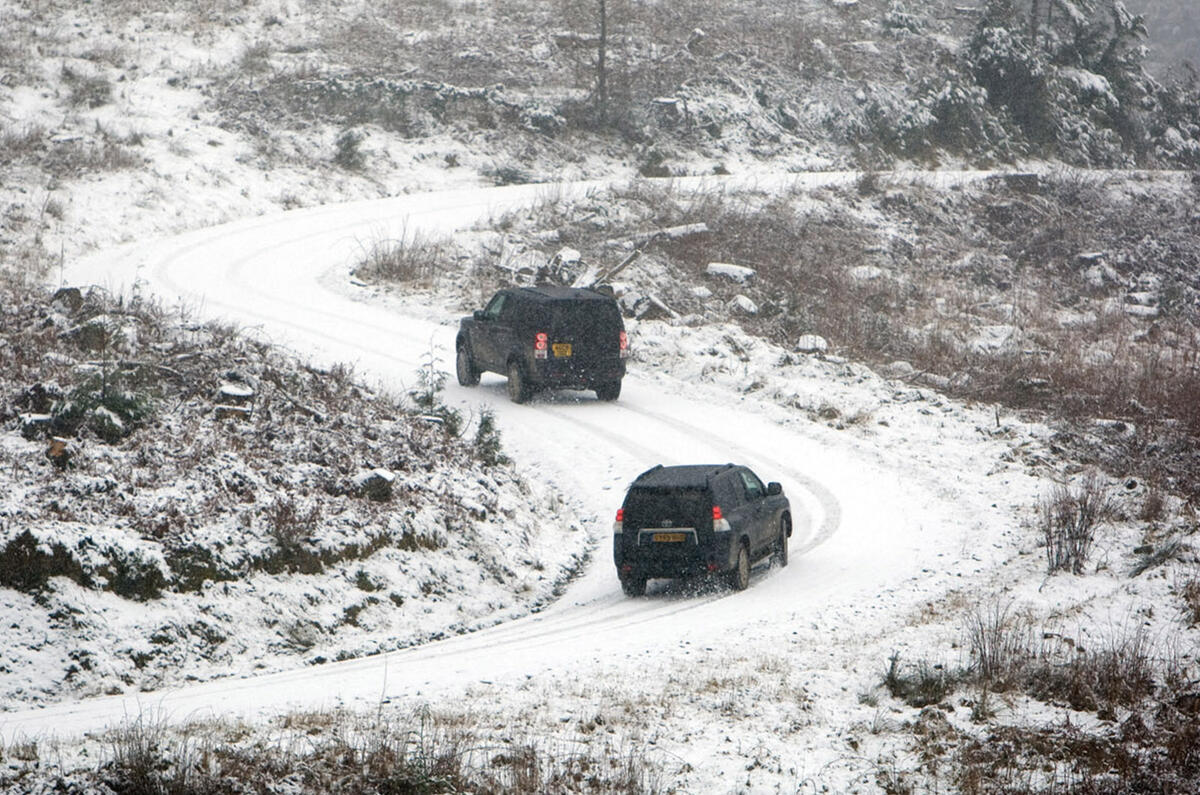

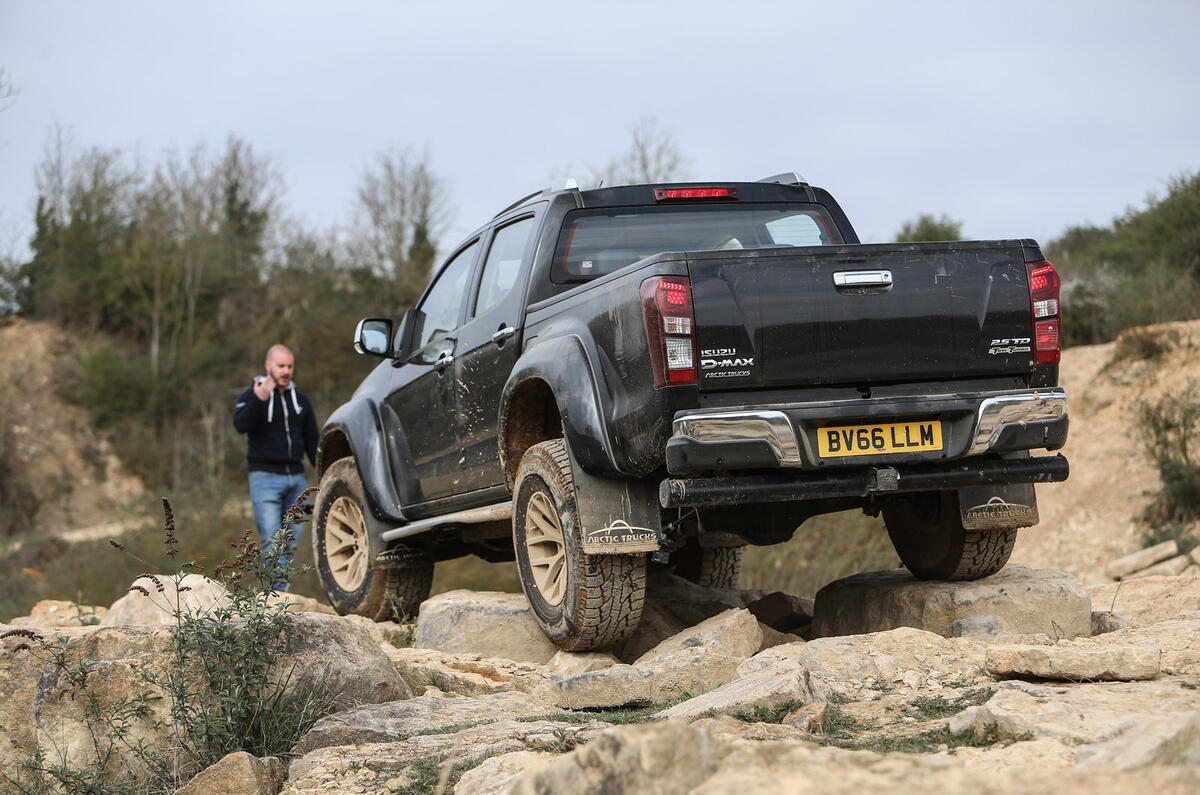
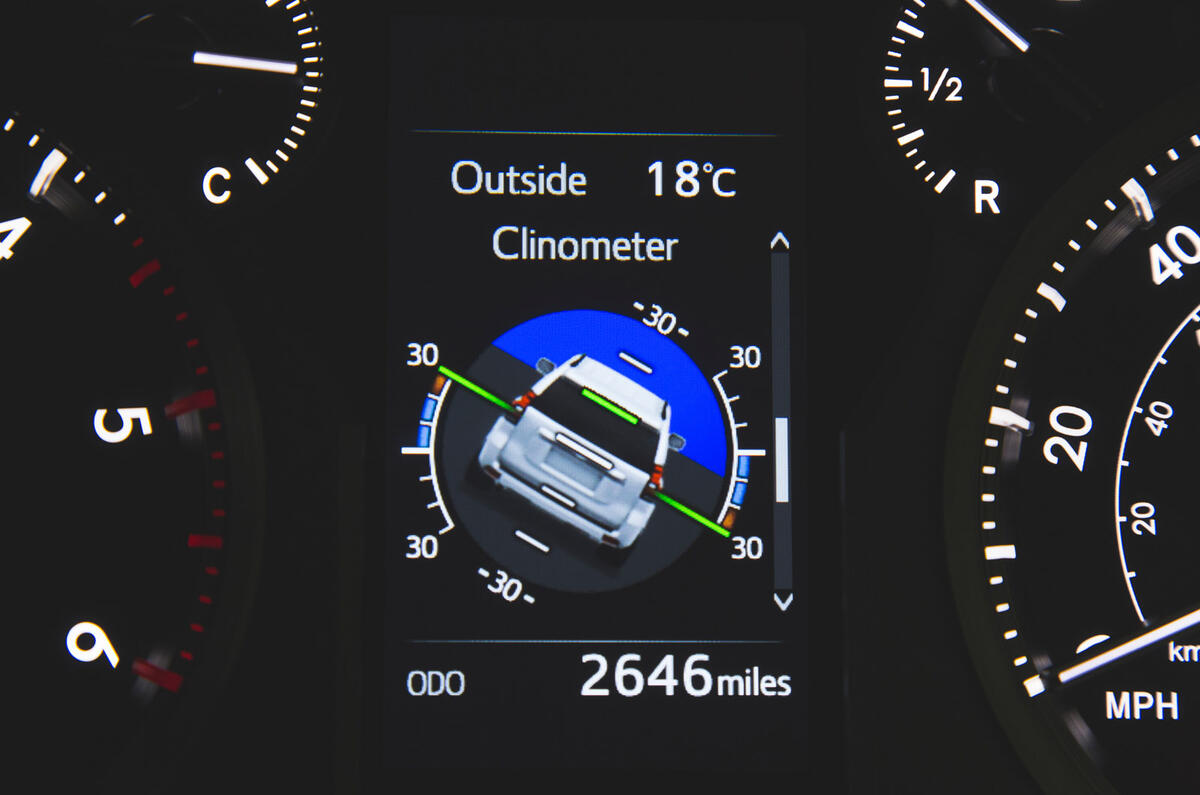
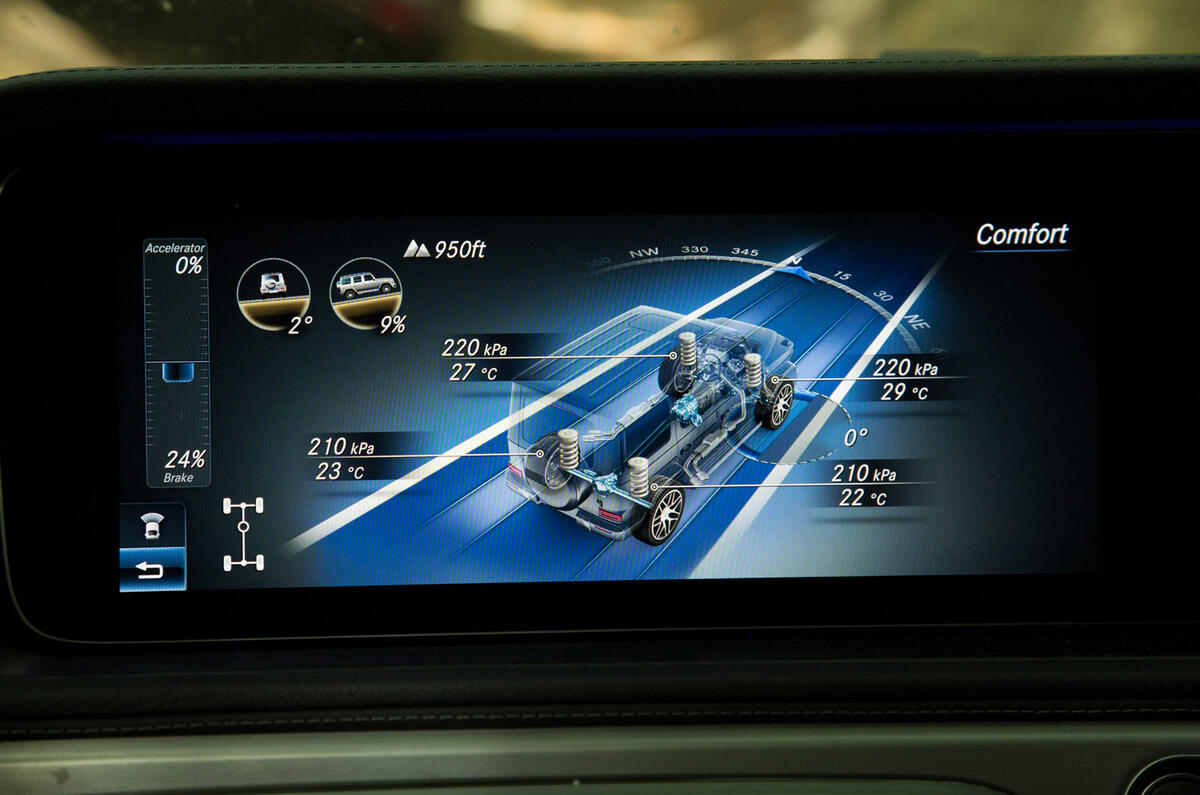
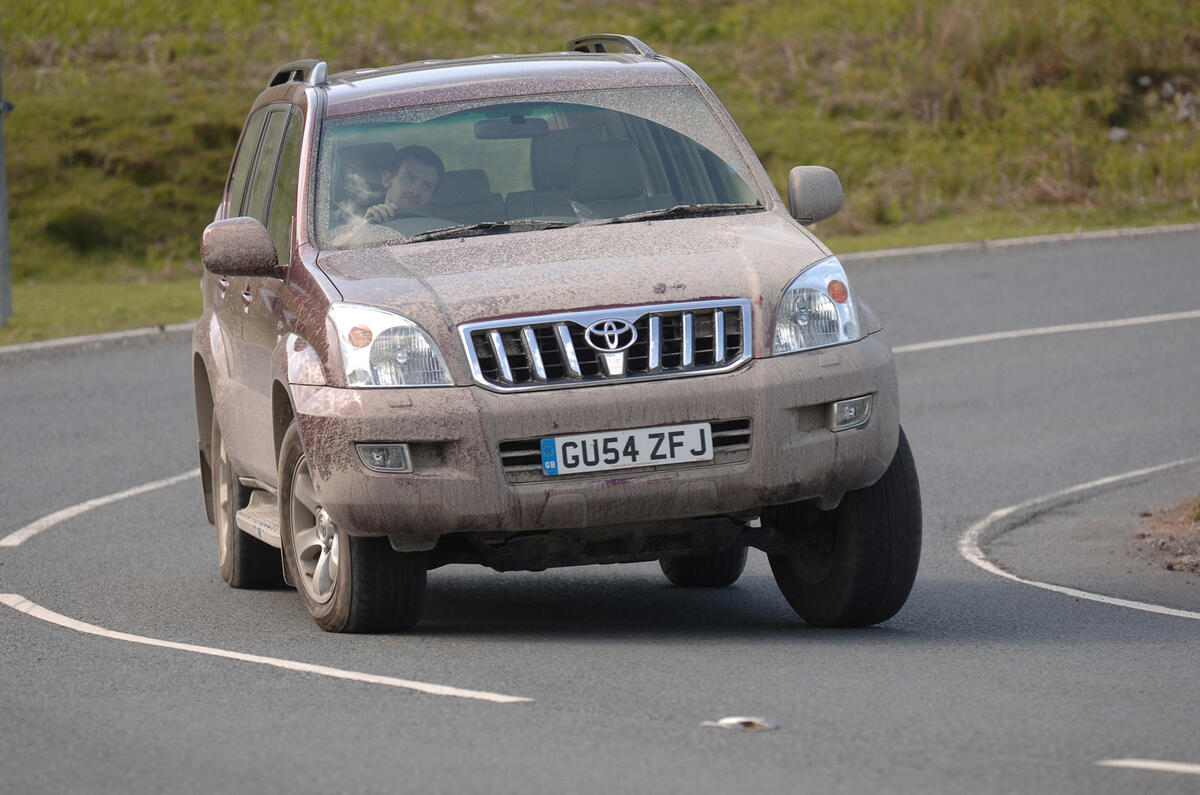
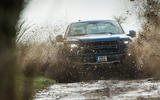














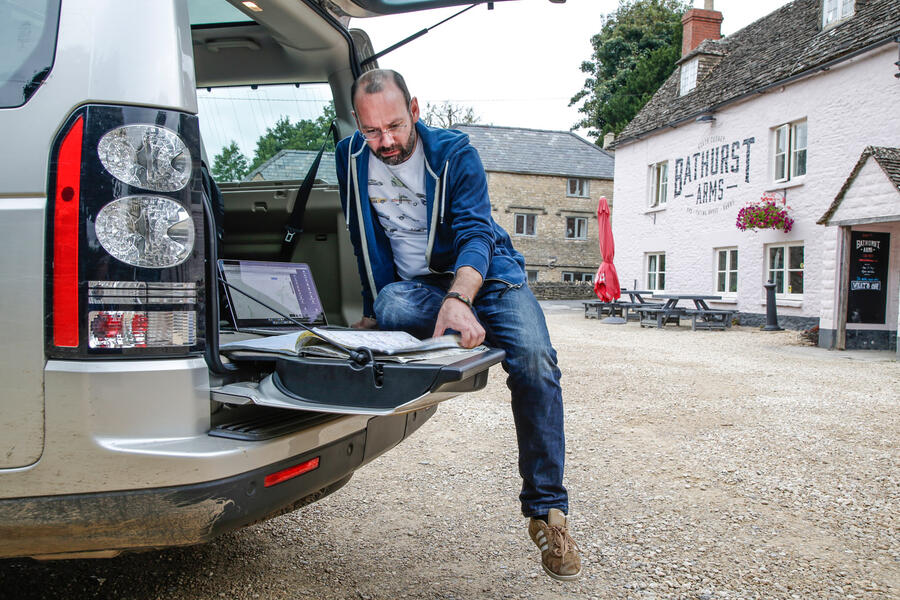
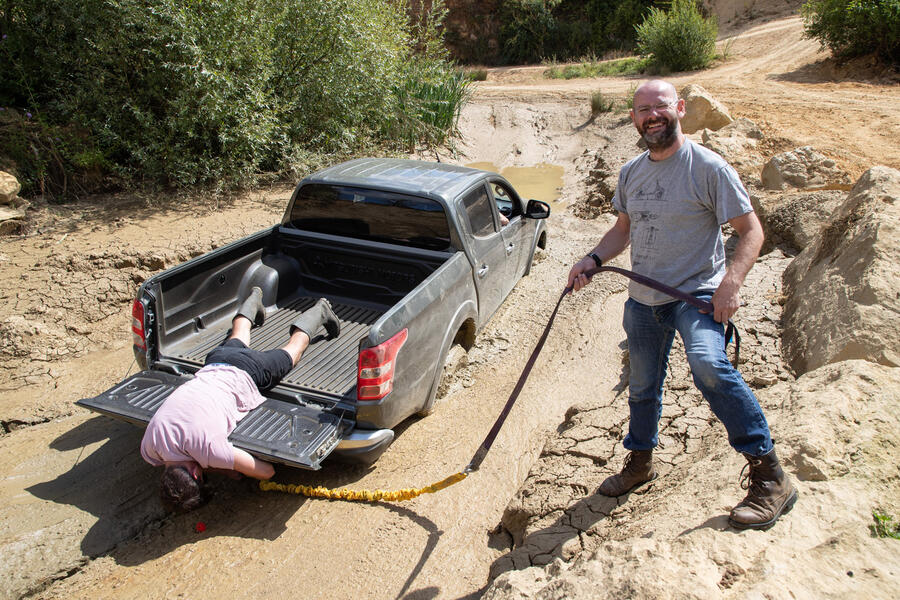
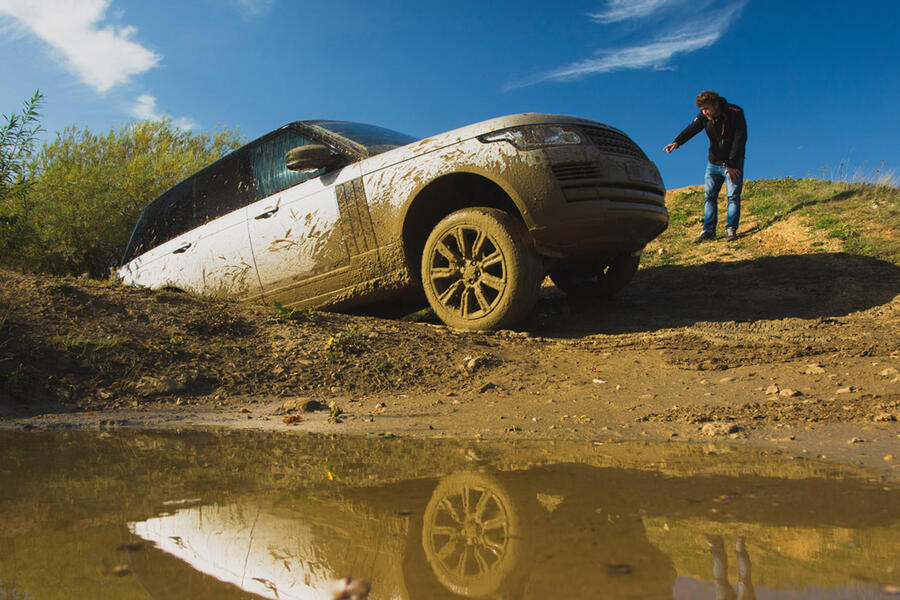
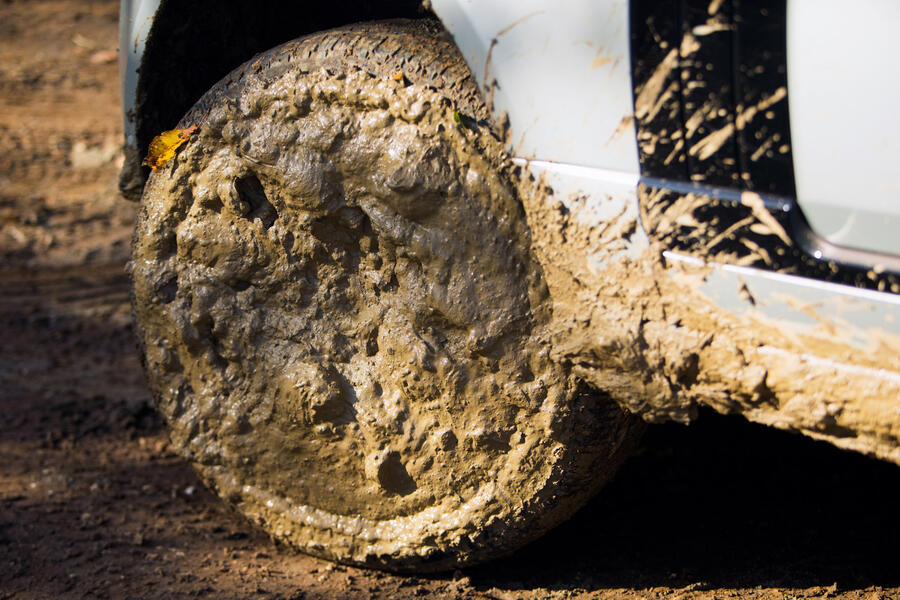
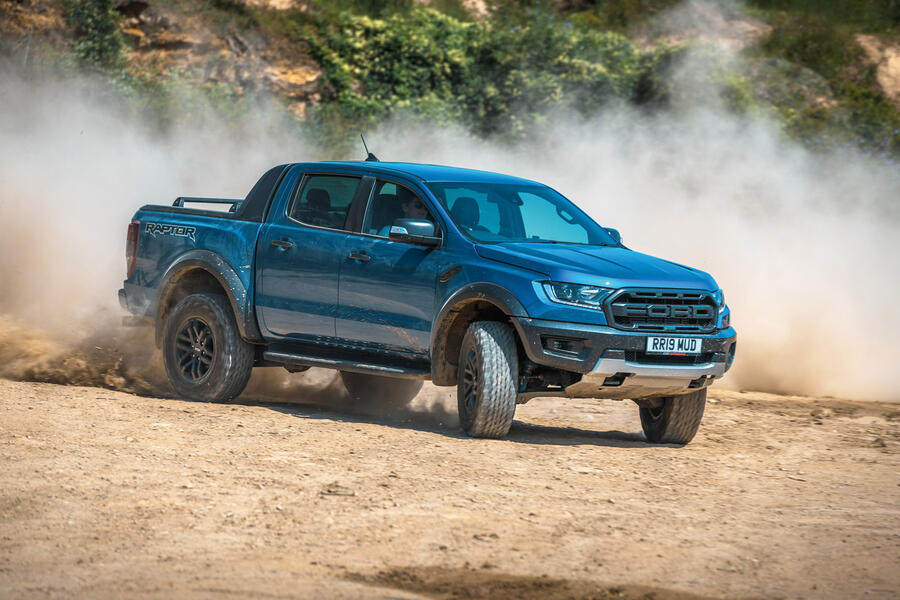
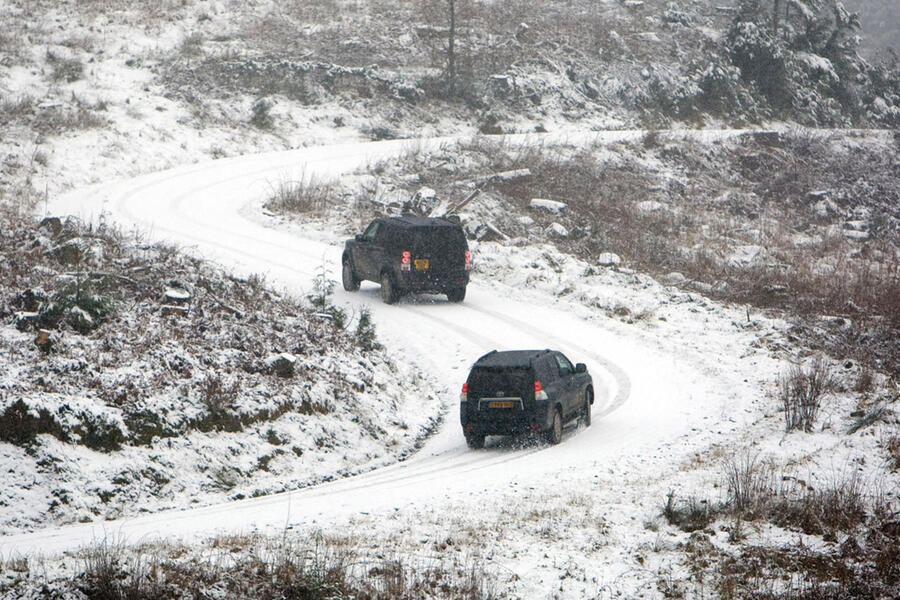


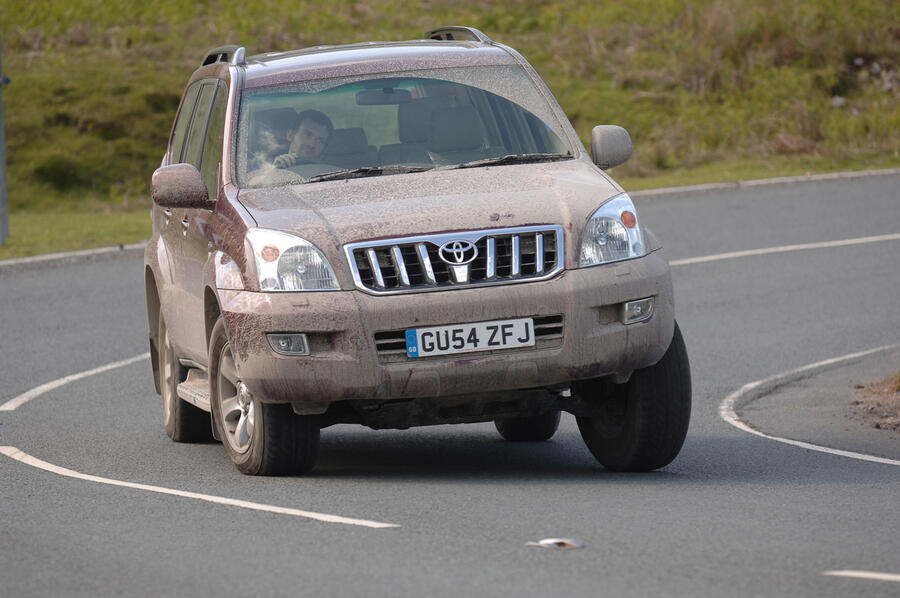





Join the debate
Add your comment
Geed - Google “offroad
Geed - Google “offroad centres” and you’ll see that there are places EVERYWHERE round the UK that you can do real offroading. Within 30mins of the major town where I live there are no less than 12 places where I can pay to properly offroad. And these are serious places where you will need a snokel and a winch.
You cannot properly off road
Everyone is entitled to their
Everyone is entitled to their own opinion. Yours is 100% wrong... but you're still entiled to be as wrong as you like.
What an utterly ignorant
What an utterly ignorant comment!
I am making more than $10k
I am making more than $10k per month, do want to discover how i am able make this much of amount.Please see .......Www.jobs35.com .............to learn about more